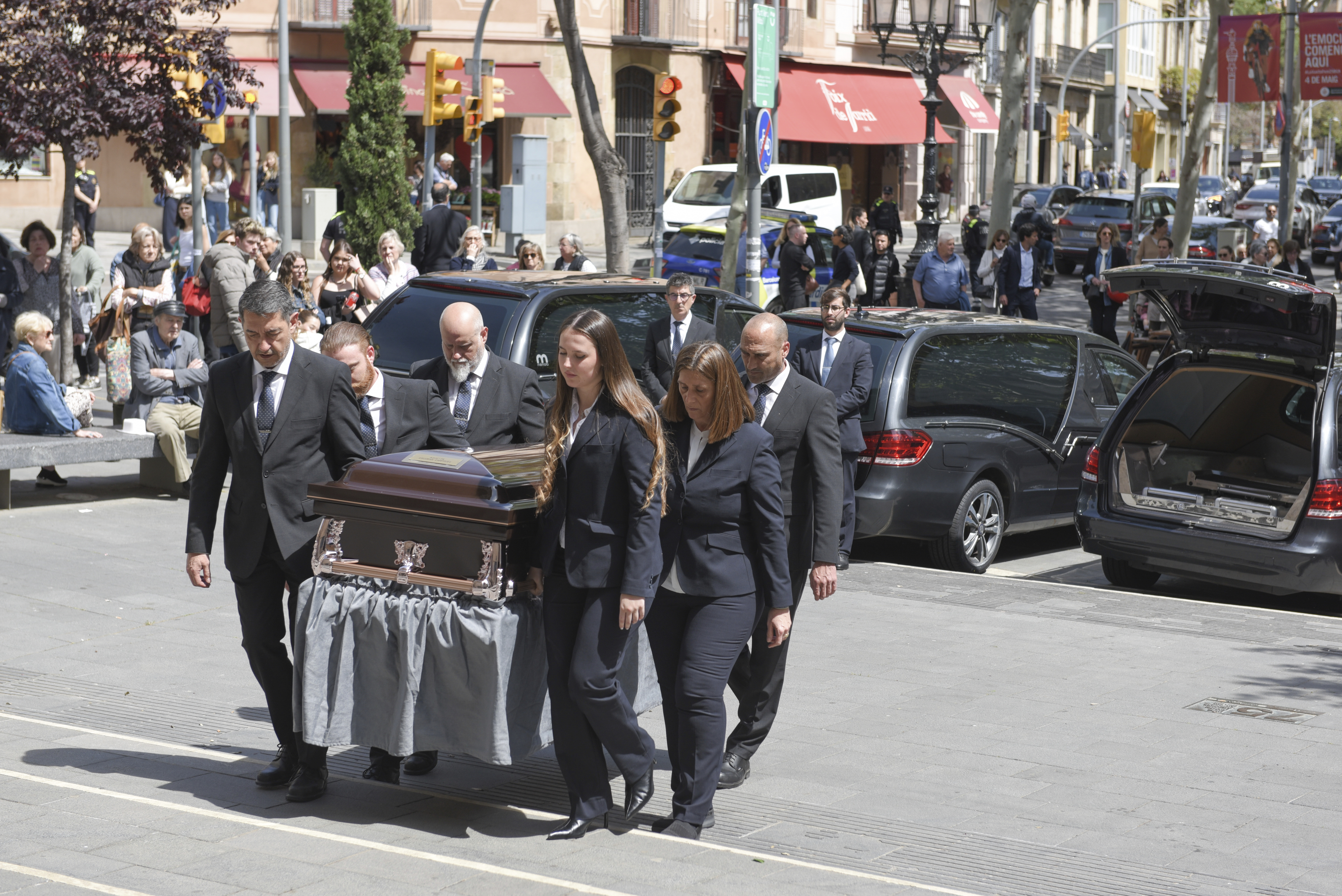NEW YORK — Car seats can save a child’s life in an accident, and a new study finds both good and bad news about how parents are using their car seats.
Kelly Massler has a baby boy on the way and is already taking steps to make sure he stays safe. She recently visited a Safe Kids cars seat inspection station where instructors taught her how to properly install her car seat.
“Everything about safety is important especially the safety of a child.”
Experts say babies and infants should ride in a rear facing car seat until they are two years old and new research found more parents than ever before are following that guideline.
“Being in a rear facing car seat the child’s head and neck is supported by the car seat in the event of a frontal collision,” said Child Passenger Safety Technician Instructor Patty Difilippo.
While more parents are making sure their young children are protected there is a drop off when they get older. Booster seat use decreased among children four to seven years old.
“If we try to put a child in an adult-sized seat belt before they’re ready, then it doesn’t fit them right. It hits them across the neck and it really can have tragic consequences in terms of injury in motor vehicle crashes,” said Dr. Joseph O’Neil, Professor of Clinical Pediatrics at Riley Hospital for Children at Indiana University Health.
Another mistake many parents make is not using the top tether anchor in forward facing seats.
The study also found 31% of 8 to 12-year-olds were allowed to sit in the front seat. Experts say kids should not ride in the front until they are at least 13.








